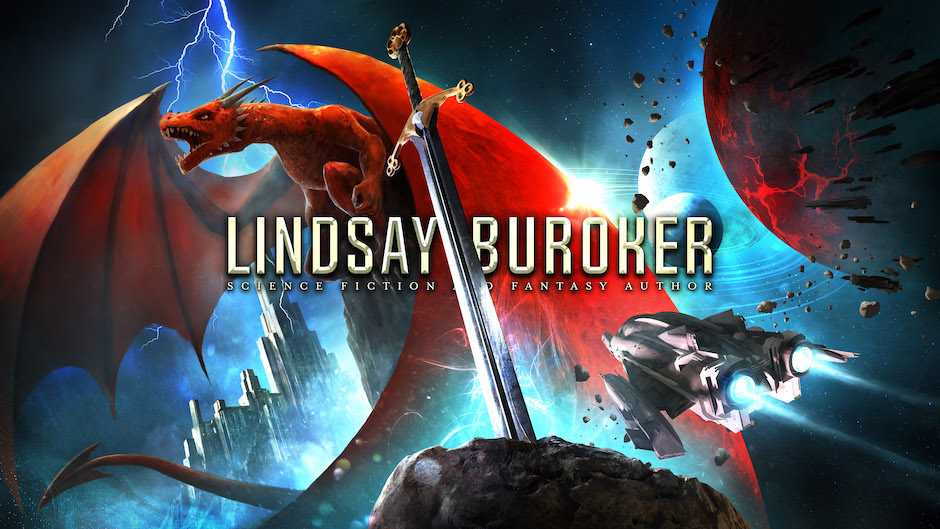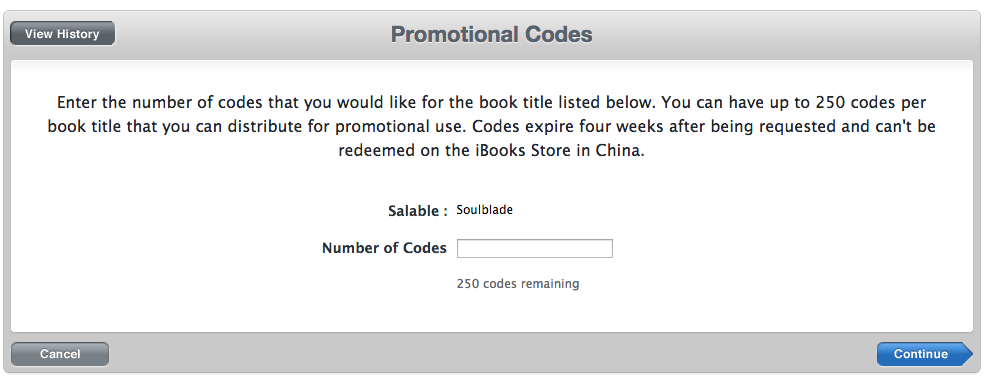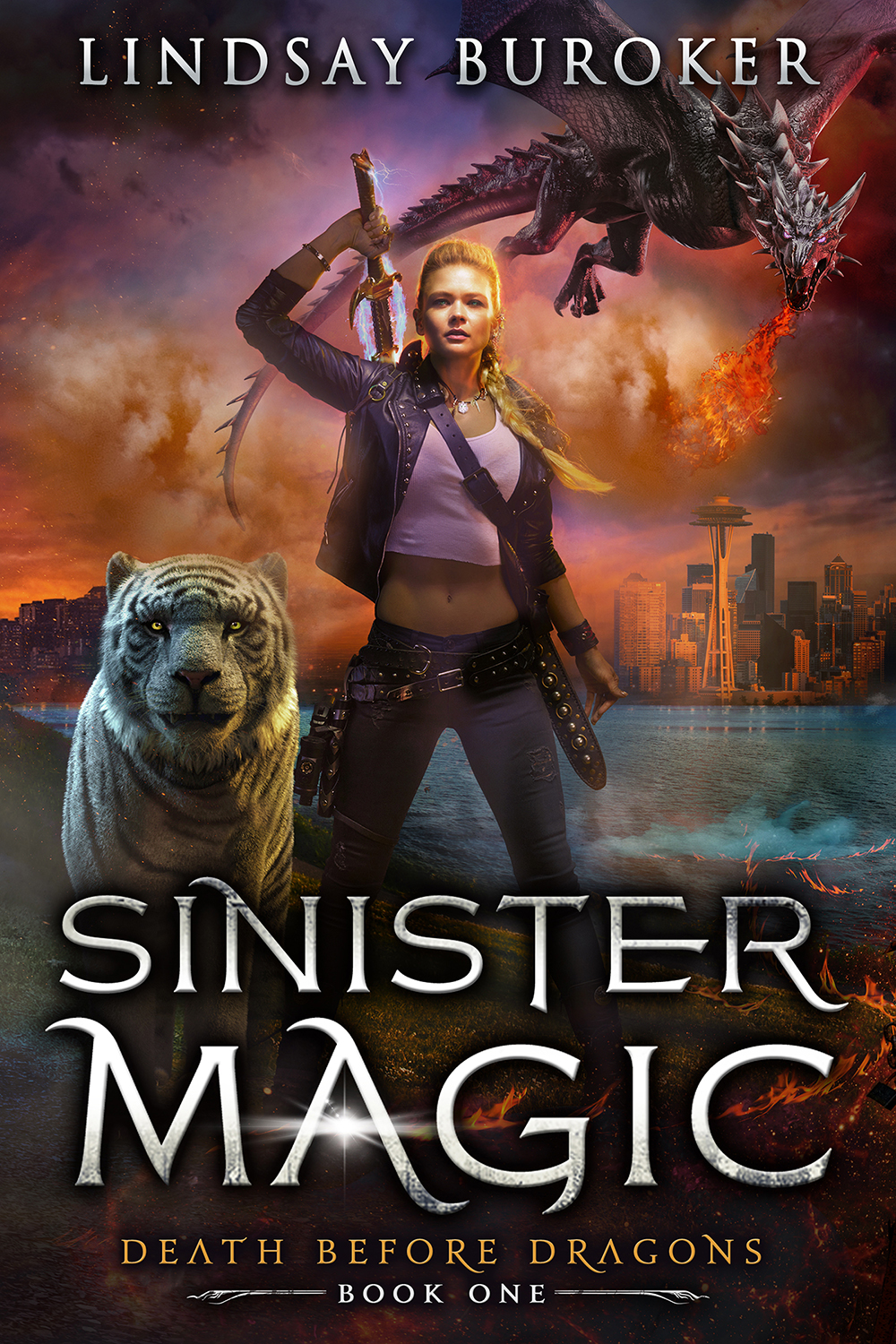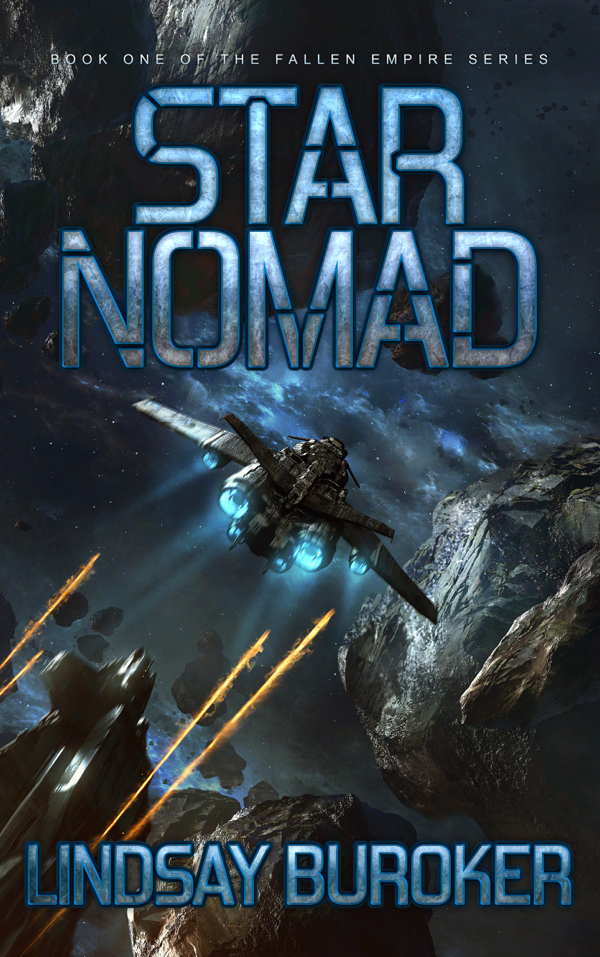Before I jump into this post, I have to disclose that Apple is my #4 earner and that while I always sell books there, I’m not a rock star by any means. (For me, sales at Amazon, Kobo, and Barnes & Noble always come out ahead.) Buuut, I’ve started to upload directly to Apple, and I plan to put more effort into getting on the radar with iBooks readers in 2016. I chatted with a rep from Apple and got some tips, and I also took notes at a “sell more ebooks at Apple” panel this summer at the RWA con. (The authors hosting it were rock stars on iBooks, with some outselling even the big Amazon kahuna.)
So this post is a summary/best practices from my notes. I hope you’ll find the information helpful. If you’ve found any tricks for improving visibility and sales at Apple, let us know!
First off, why bother?
Despite Apple being my fourth biggest income earner, it’s reputedly the second biggest market out there, so the potential for growth may be much more than at Kobo and B&N.
Also, Apple has global reach. Many of the sales I get there come from countries outside of the U.S.. They (and their iPhones) are all over the place. There are a lot of countries where an e-reader or tablet is too much of a luxury item for the average person go buy, but everyone gets a phone, and the iBooks reader comes pre-loaded on the Apple IOS (Google Play will be another market to watch out for, since they, too, are tied to a phone — I’m starting to get emails from readers who have enjoyed my books on their Androids).
The good news for authors is that in addition to all this sales potential, Apple seems to be making more of an effort these days to promote and sell their iBooks. Beyond adding the iBooks reader to their OS, they’ve been reaching out to more indies and running themed promotions in the various genres. Romance, in particular, seems to get a lot of love there, but there are plenty of self-published authors represented in other genres too.
How do you get on their radar and receive email about the opportunities they’re offering?
If you use a distributor to get into Apple, I’ve heard of authors getting in touch with the Draft 2 Digital and Smashwords people and asking about promotions (it probably helps if you’ve got several books out and are selling some already). If you’re able to go to any of the bigger conventions (i.e. Book Expo America, RWA, etc.) where Apple, Barnes & Noble, Amazon, etc. have reps, it may be as easy as walking up to their booths and putting your name and email address on a sign-up sheet. I did that with B&N this summer, and I’m on their promo list now.
So, in short, Apple has a huge audience and they’re looking for indies to promote right now.
All right, here’s the list of things you can do to improve sales, with or without access to those promo opportunities:
1. Sign up for the Apple Affliate program and link to your iBooks on your website, newsletters, and from within your own ebooks.
Every author should post their book links to all of the main stores, so I won’t spend much time on that, but you may not know that Apple, like Amazon, has an affiliate program. I’ve finally gotten myself signed up and will use affiliate links for my own books going forward (someday, when I’m feeling ambitious, I’ll go back and update all of the links for my existing books on here too). I’ve used affiliate links with Amazon all along, and in addition to providing a small extra source of income, it gives you a means of tracking book sales that originate from your site and newsletters.
If you have audiobooks, you stand to earn more, too, on those affiliate sales.
2. Use their promo codes + pre-orders to launch with a boost and lots of reviews
Lots of people, from authors to e-tailers and distributors, have mentioned that pre-orders can really boost sales and rankings in the non-Amazon stores, where the sales help with release day visibility, but you may not have realized that Apple lets you give away copies of your book without the hassle of emailing people your files. Your non-tech-savvy readers will thank you for this, and it may make it easier for you to get iBooks specific reviews.
You do need to be uploading direct to iBooks in order to access the promo codes. Find them by heading to your iTunes Connect page, selecting “My Books,” clicking on the book, and clicking on the “Promo Codes” button.
I haven’t played with the promo codes yet, as I only recently started uploading ebooks directly there, but I’m looking forward to seeing if I can make a splash in 2016 with the launch of a new series.
Note: Apple now allows you to upload “asset-less” pre-orders up to a year in advance, meaning you don’t need the ebook file or even the cover, if you upload directly. If the sales are strong on a pre-order, it’s possible Apple will feature your book in their what’s-coming category.
3. Do a first-in-series free book
There’s been a lot of talk of how permafree isn’t working as well these days, especially at Amazon where the freebie seekers may have shifted en mass to Kindle Unlimited. Well, we’re talking Apple here, not Amazon, and in Mark Coker’s big end of year “what worked in 2015” report, he reported that authors with free Book 1s were outselling those without free series starters in their partner stores, including Apple.
If you surf around in the iBooks store, you’ll see that the free books are fairly easy to find. One day, they’ll make me super happy by adding the ability to drill down into sub-categories instead of just lumping all of the fantasy stuff under fantasy. On that note, it’s also a good idea to browse around their store and to get a feel for how things work there and what books are selling well in your genre.
Extra tips:
#1 Make sure to use 2-dimensional covers for collections, boxed sets, etc.
I’ve noticed that you can get the 3D bundle images into the Apple store if you upload directly, but they’ve stated that they will only feature flat 2D book covers, so make sure you have a 2D version of all of your “boxed sets” for them.
#2 Tweet links to your books on Twitter and include the @iBooks account.
We’re all told not to spam our buy-my-book links on Twitter, but if you’re running a sale or have a new release, that’s the time to share on the social media sites. Instead of making a tweet with links to three or four stores jammed in there, do specific ones for each store. Make them clever or throw in interesting quotes, and include the @iBooks account on the Apple tweets. I’m sure they tagged often, but you can see from their feed that they do occasionally retweet things to their 500K+ followers.
#3 Be aware that iBooks readers may pay more for ebooks
I’ve heard in a couple of interviews with the folks who distribute to Apple, as well as the authors who led the iBooks panel at RWA, that Apple readers may be willing to pay more for ebooks than readers at other stores. The reasoning is that iPhones, iPads, and Macs are among the most expensive devices out there, so Apple users in general may have more disposable income that they’re willing to spend on quality digital content.
I wouldn’t charge more for a book on one store than I did on another, but I have been thinking about putting together a boxed set with my complete Emperor’s Edge series (7 books + a novella) and selling it for 19.99 on Kobo and Apple. There’s no point on Amazon, since you only get 35% on ebooks priced above 9.99, but it looks like Kobo and Apple both give you the 70% for higher priced items. (If anyone is doing this and wants to report, I’d love to hear about it.)
That’s it from my notes, but if you have any other tips or want to share your experiences with Apple, please comment below.
Oh, and if you’re a fantasy fan, be sure to grab Balanced on the Blade’s Edge or the first Emperor’s Edge book free on iBooks! 🙂
Apple’s: Marketing Your Book on iBooks page.





“I’ll admit that it’s a pain to create four or five epub file…”
Vellum app for Mac. One click and you have an ebook file with the appropriate store links and correct cover size for each store. It’s wonderful, and it creates gorgeous ebooks.
Great article. I just moved all but my latest release into Kindle Select, though. I did okay at the others but wasn’t doing enough, and I needed to improve my visibility at the biggest retailer desperately. I reached the point where promos of my permafree weren’t enough anymore. That’s what happens when too much time passes between releases. It’s early, but it looks like I’ll make up for the losses in the other stores by being on just Amazon.
In the future, I might move back wide. All depends.
Thanks, David. I’ve been thinking of taking back the formatting from my editor and giving Vellum a try. Part of what makes things a pain is having to ask someone else to do the updates. But on the flip side, I’m reasonably assured not to add any flubs when I make updates, with the editor going over them all. 😀
Lindsay, Good info here! Thanks for being so generous with all your great authorly wisdom. 🙂 We newbies really appreciate it!
Just a heads-up: I don’t know about Apple, but it is against the TOS for Amazon’s affiliate program to include affiliate links in ebooks.
Otherwise, great info. One of these days I’ll give going wide a try!
Thanks for the warning, Marina. Technically, I don’t think you’re supposed to put the links in newsletters, either, but they don’t seem to enforce that, and lots of authors more than pay for the cost of their mailing list host with those links. I guess it would be up to the person to decide if it’s worth the risk to them.
Yes, you’re right, links in newsletters are a no-no too, but many authors get around that by having newsletter links redirect through their website first before landing the customer at Amazon.
I would think you could do the same thing with ebook links then. I’ve been using affiliate links in newsletters for years, since before my author days even, and Amazon hasn’t batted an eye. I would guess that they would be more concerned about you putting links to products at competing stores in your mobi ebooks and you buying affiliate link placement in newsletters that you don’t own and operate. But I could be wrong, and a cease and desist letter will find me soon!
Thanks for posting! When my books come out of Select, I’ll work on these tips.
hey Lindsay,
Great post.With Apple, my understanding is that you need to have a Mac computer in order to publish directly with them? If not, you need to use a third party distributor such as Draft2Digital of Smashwords?
Also, would using a third party distributor make using promo codes on Apple difficult?
Hi, DU. Yes, I believe you still have to have a Mac to install the iTunes Producer software. Some authors just use a friend’s computer to do it, but of course, Smashwords and D2D can get you into the Apple store too, and you can also be eligible for promotions that way. As for as the promo codes, though, I’m fairly certain you need to be uploading directly.
Just a quickie to let you know that you could use MacinCloud if you want to go direct, but don’t own a Mac…
http://www.macincloud.com/
Lindsay, you’re an incredibly generous person. Thank you for sharing with us!
Thanks for this — so timely as I’m just trying to sort all of this out for myself for the first time. I am really enjoying the advice on your blog.
You’re welcome, Coreena. Thanks for reading!
Thank you for this really useful article. Nobody talks about iBooks. One question I have about your experience: I’ve heard that uploading your ebook to iBooks is a complicated, confusing mess. I’ve heard authors say that this is the primary reason they use Draft2Digital and other services–to avoid Apple’s dashboard. Did you find it difficult to do? And second, do you upload an ePub file or an iBooks file, and would it make any difference in terms of formatting issues?
Hey, BP! It’s super simple to upload a book there, actually. The only problems might be in getting a producer account set up — IIRC, that was a little murky for me for some reason. Installing the software and was easy, as is the actual uploading of new books — it’s just a drag-and-drop thing. Yes, you can use the same Epub file that you use at the other stores if you don’t want to make an Apple specific one with iBooks links at the end. This is what I’ve done so far with all except one of my books. (Laziness)
Pingback: Benefit With Free or Permanent Free Books? | Savvy Book Writers
Thanks for this info! I a currently publishing to iBooks through Draft2Digital but have been very interested in uploading to iBooks without the 3rd party so I can get these special perks. You helped to convince me this is a great option for me. Thank you.